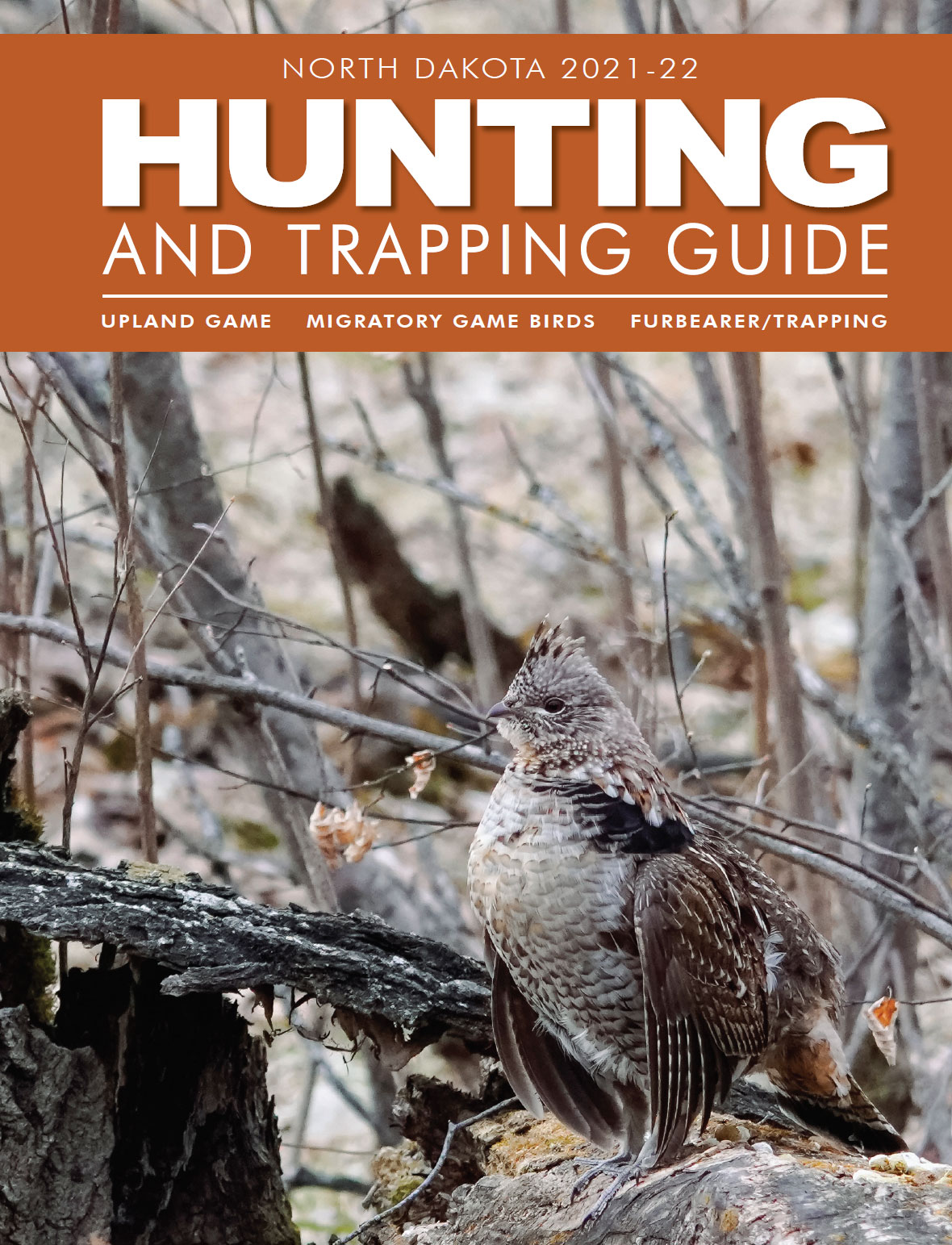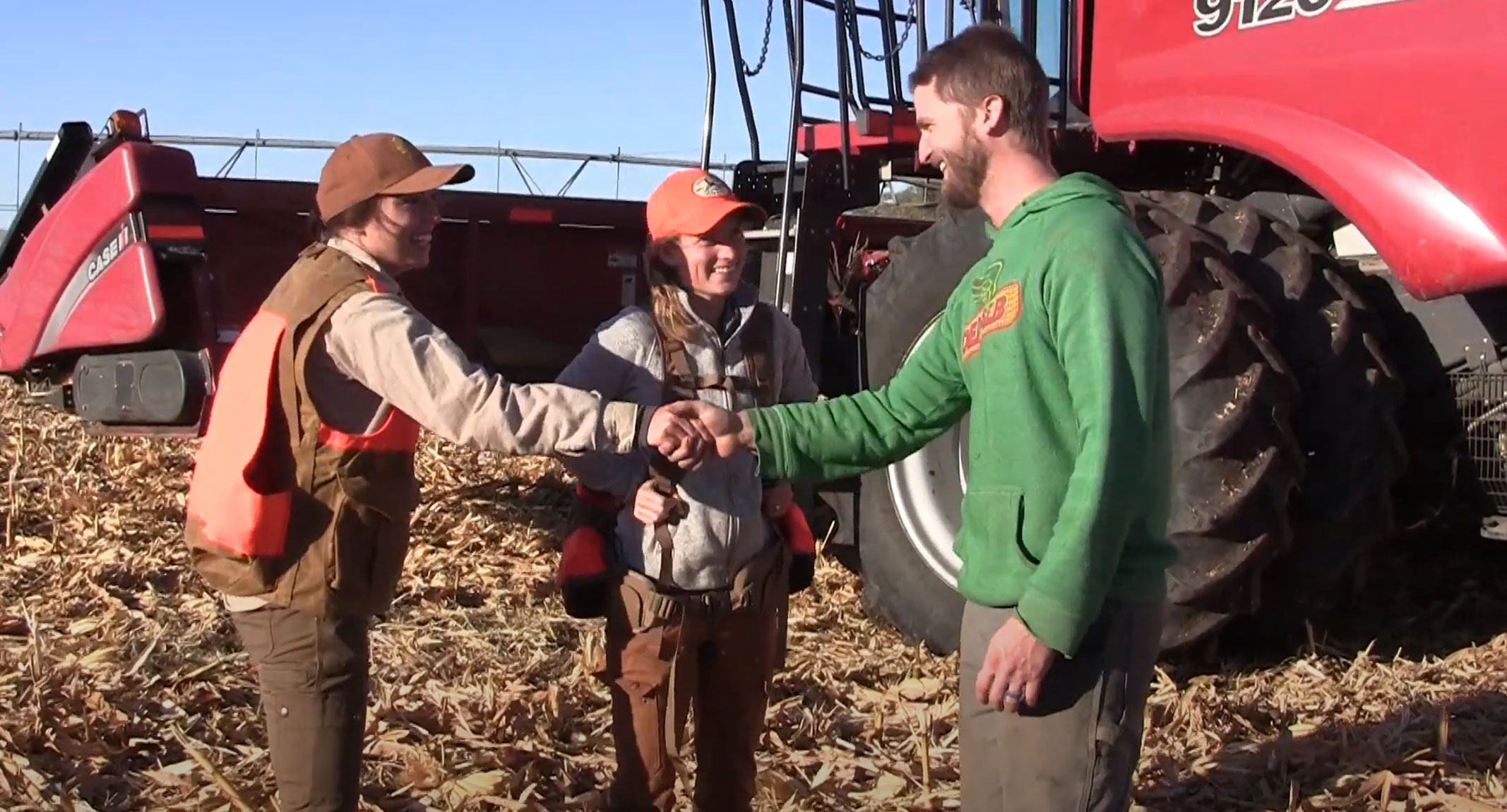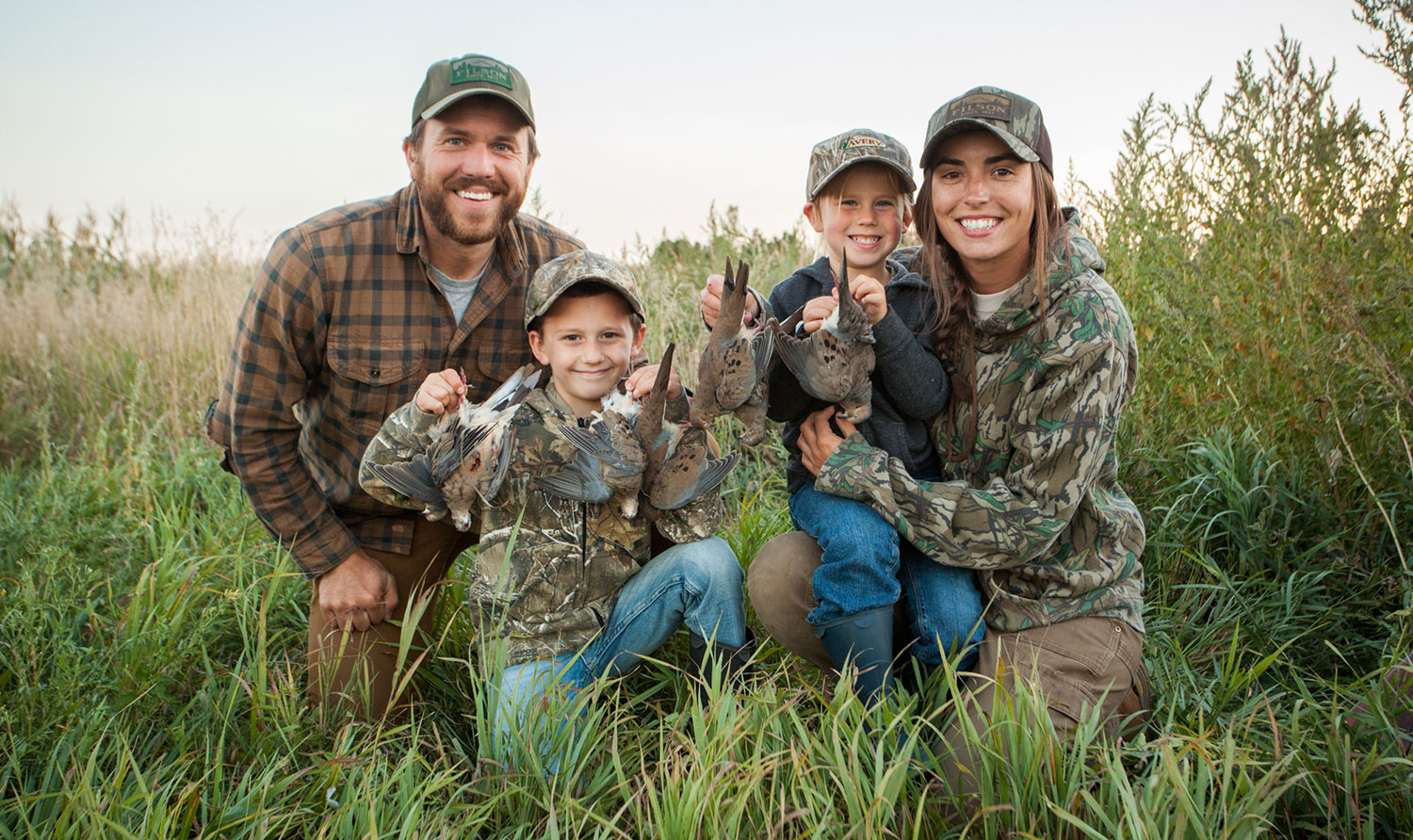
Start Hunting Doves
Mourning doves are found statewide in good numbers and are our most abundant game bird. They also make great table fare. If you'd like to try your hand at hunting doves, check out the guide below.
1. Hunter Education
Anyone born after 1961 is required to take a certified hunter education course prior to obtaining a hunting license (with a couple of exceptions).
A one time apprentice license is available to those who would like to try hunting prior to taking the hunter education course. If you have an apprentice license, you must be accompanied by a licensed adult when hunting. Note: An individual who was issued an apprentice hunter validation license in 2020-21 may receive another.
Hunter education courses are taught by volunteers and offered throughout the year (though most are held January - March).
2. Buy a License
To legally hunt doves in North Dakota you need the appropriate licenses. Note: If you are unsure if you meet North Dakota residency requirements for purchasing a license, take a look at our residency page.
Residents
Must possess the following licenses:
- Harvest Information Program registration,
- Fishing, Hunting, and Furbearer Certificate,
- Either a Small Game License (Not required of residents under age 16) with a General Game and Habitat License
or
A combination License (includes Small Game, General Game and Habitat, Furbearer, and Fishing licenses)
Nonresidents
Must possess the following licenses:
- Harvest Information Program registration (exception: not required to hunt crows),
- Fishing, Hunting, Furbearer Certificate,
- General Game and Habitat License,
- Nonresident Small Game License (good for two 7-day periods or one 14-day period)
3. Be Aware of the Regulations

- Hunting regulations may change annually.
- Regulations and season dates are not finalized until after the annual season proclamation has been signed by the governor.
- After the proclamation has been signed, a hunting guide is published.
4. Gather Some Gear

Firearms – Recommended: 20 or 12 gauge, any action, improved cylinder or modified choke
Ammunition - Typical shot sizes used for dove are lead 7 1/2 or 8, but you’ll need to use non-toxic shot if hunting on a USFWS Waterfowl Production Area or National Wildlife Refuge.
Other gear:
- Avoid bright colored clothing (camouflage is helpful but not necessary)
- Layers – weather can vary greatly in September-October
- Boots and socks
- Ear and eye protection
- Stool, bucket or chair to sit on
- Water for you and your dog if you have one
- Backpack (optional) – carry your shells, water, other gear
- Decoys (optional) – come in clip-on or battery-powered decoys with wings that spin. Decoys can help lure in doves for close shots but are not absolutely required. People often use between 6 and 18 decoys and they can be set on the ground, on barbed-wire fences, or hung in trees (dead branches are preferable for visibility).
- Bug spray (optional)
5. Find a Hunting Spot

General Information
- Public Lands: Some public lands like many U.S. Forest Service National Grasslands and North Dakota Department of Trust Lands are open to hunting, however special regulations may apply at certain locations.
- Private Lands: Unposted private lands outside of towns and other restricted areas may be hunted.
- Private lands may be posted physically with signs or electronically to prohibit hunting. You must check for both prior to entering land to hunt.
- Lands in the PLOTS program are marked with PLOTS signs and may be hunted without permission.
- While it is not required that you get landowner permission to hunt unposted lands, it is good practice to check in with the landowner where you plan to hunt so they know you're there.
- It is unlawful to hunt or pursue game in unharvested cereal or oilseed crops without permission of the owner or tenant. Cereal crops include alfalfa, clover, and other grasses grown for seed. Oilseed crops include sunflower, safflower, rapeseed or canola, crambe, soybeans, and flax.
Dove Specific Information
Mourning doves are found statewide in good numbers and are the most abundant game bird in the country.
Localized areas that tend to have more doves are landscapes with a combination of trees, pasturelands, hay lands, croplands and water sources with bare edges to the water (so doves can walk up and drink). When it comes to crops, wheat, barley, canola, and sunflowers are best, but sometimes doves use odd areas along the edges of corn and soybean fields.
Doves predictably move between roost, water and food. Before daybreak and throughout early morning, doves will leave roost and go to feed, sometimes flying several miles. Doves eat small seeds and key in on pigeon grass, barnyard grass and other small weed seeds. They also feed on barley, wheat, and canola. After feeding, doves will go to water to drink – during dry years watering sources can be great hunting locations, just make sure you can retrieve anything you shoot. Doves will come and go from roosts throughout the day and then go back out for food and water during the evening. Sometimes a good hunting spot will be right where doves are trying to feed, drink or roost, but quite often a hunt can be had by finding a location that the doves are simply flying through from point A to point B. This is called pass-shooting.
Flushing doves while walking shelterbelts can also be a fun way to hunt this sporty little bird as they flush from all heights, including off the ground.
Hunting Tips

- Doves are great table fare, and 3-4 birds make the right portion for the average person.
- Weather conditions can be hot when dove hunting so be sure to get your birds cleaned soon after hunting.
- In North Dakota, dove season opens September 1 but doves will migrate south when the weather turns cold so usually the best dove hunting is during the first week of September.
- Dove hunting can involve a lot of missing, so don’t be discouraged if there’s more missing than hitting – that’s normal. Bring a couple of boxes of shells when you go out.
- Doves can be very difficult to find once downed due to their small size and neutral grey color. Only drop birds into heavy cover if you are using a dog to assist in retrieval.
- Like any migratory game bird, doves might be carrying a metal leg band – if you harvest any birds with bands, report the band numbers at: www.reportband.gov.
- Eurasian-collared doves are also included in the overall dove limit. However, they are not very common in the North Dakota countryside and mostly inhabit urban areas or rural farmyards.
- Never shoot at doves that are sitting on powerlines or other objects – it is not safe, and in some cases, illegal.
Ask an Expert
Do you still have questions about hunting doves in North Dakota?
